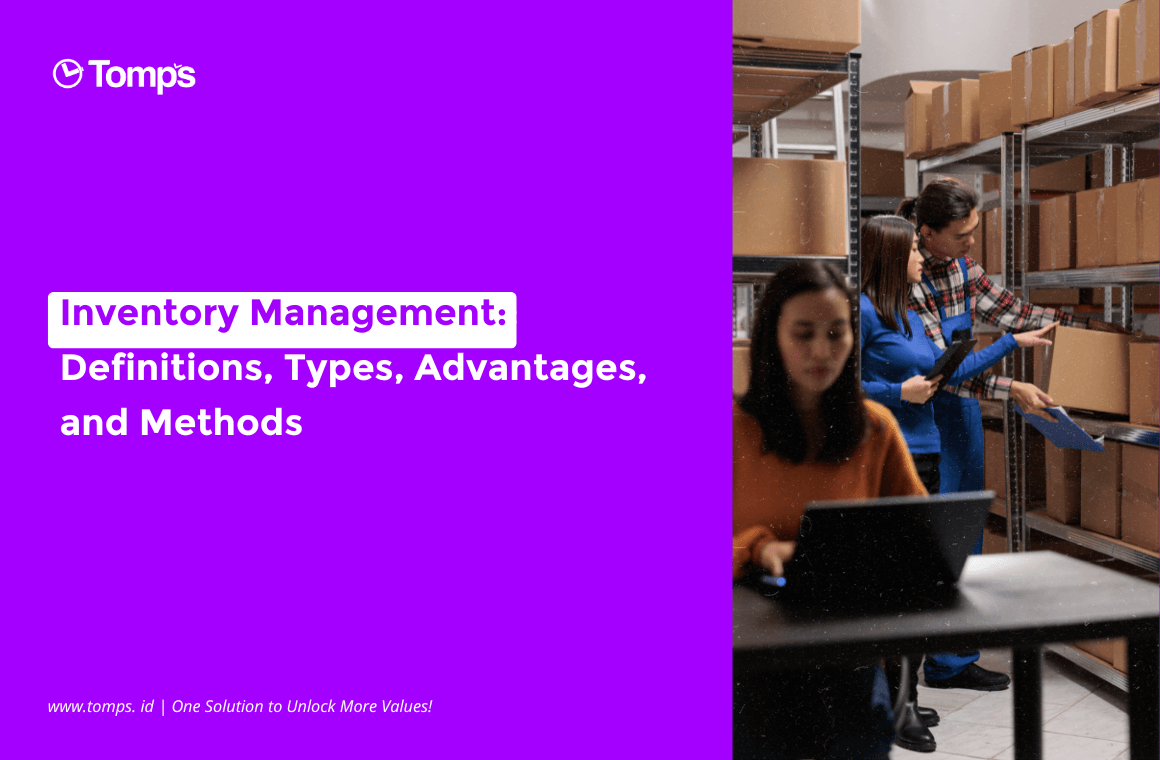Industrial area is a place where industries gather and is equipped with facilities provided by the industrial area company itself. The difference with the Industrial Zone is that there is only a collection of industries without adequate facilities.
In Indonesia, initially industrial areas were only developed by the government through BUMN in response to the many industries that cause environmental pollution, limited infrastructure, and problems with the development of residential areas adjacent to industry. But along with the increase in investment from within and outside the country, the government through Presidential Decree No. 53 dated October 27, 1989 allowed the development of industrial areas by the private sector.
For the private sector, this new policy is a very profitable business opportunity, so that more and more new industrial areas are managed by the private sector in regional economic growth centers, such as Jabotabek and Gerbangkertasusila.
Definition of Industrial area
According to the United Nations Industrial Development Organization (UNIDO) in 1997, an industrial area can be defined as a piece of land developed and divided into plots according to plan, equipped with road, transportation, and other public utilities infrastructure. The main purpose of industrial area development is to provide supporting service facilities that encourage the growth of the manufacturing industry sector. These facilities include transportation, energy, warehousing, logistics, education, research, business centers, data processing, housing, tourism, sports, and medical facilities.
In Indonesia, the term industrial area is mentioned in Presidential Decree No. 53 of 1989 concerning Industrial areas, which was later updated with Government Regulation No. 142 of 2015 concerning Industrial areas and Law No. 3 of 2014 concerning Industry. According to Law No. 3 of 2014, an industrial area is an area that is the center of industrial activities with supporting facilities and infrastructure developed and managed by industrial area companies.
Development of Industrial areas in Indonesia
According to the Journal of Architecture and Built Environment, in 1876, the British developed the first industrial area called Trafford Park areas with an area of about 500 hectares. Until the 1950s, this area became the largest. In the United States, in the early 20th century, industrial areas were developed in Chicago, such as the Central Manufacturing District (1902) with an area of 105 hectares, The Clearing Industrial District (1909) with an area of 215 hectares, and The Pershing Road District (1910) with an area of 40 hectares. In the 1960s, in the United States also appeared an industrial area called Science Park or Technology Park which was intended for research and development. In the 1970s, the concept of Business Park emerged where various activities such as offices, industry, trade, and recreation were gathered in one area. In the 1980s, this concept also involved residential areas.
In Indonesia, the development of industrial areas began in the early 1970s as an effort to attract investment both from within and outside the country. Initially, the government developed industrial areas through BUMN. In 1973, the first industrial area was built, namely Jakarta Industrial area Pulo Gadung (JIEP), followed by Surabaya Industrial area Rungkut (SIER) in 1974. The government also developed other industrial areas such as Cilacap KI (1974), Medan KI (1975), Makassar KI (1978), Cirebon KI (1984), and Lampung KI (1986).
In 1986, the government through PT. Kawasan Berikat Nusantara develops a Bonded Zone to increase non-oil and gas exports. The Bonded Area is a special industrial area where customs activities for export goods are carried out within the area, and raw materials for export get Import Duty-free facilities.
With the development of investment that continues to increase, the private sector has also begun to be involved in the development of industrial areas through Presidential Decree No. 53 of 1989. This policy allows domestic and foreign private parties to run industrial area businesses with or without the participation of BUMN. Since the private sector was given permission to develop the industrial area, the growth has been very rapid. In 1994, there were 146 industrial area locations with a total land area of 42,019 hectares in the Industrial area Association (HKI), with most of them spread across West Java (21,289 hectares) and Jakarta (3,064 hectares).
Purpose of Industrial area
The development of industrial areas aims to direct the growth of the industrial sector in a more integrated manner and provide optimal benefits for the area where the industrial area is located. UNIDO (2012) distinguishes the development goals of industrial areas in developed and developing countries. In developed countries, the goal is to reduce negative impacts such as pollution and congestion, so industrial areas are directed as warehousing clusters and distribution centers. In fact, in some countries, industrial areas have been converted into eco industrial parks. In developing countries, the goals of industrial area development are:
(1) Promote economic growth and employment at national, regional, and local levels
(2) Attracting foreign investment
(3) Spurring the development of the industrial sector
In addition, the purpose of industrial area development also encourages industrial development and entrepreneurship, small-scale industrial growth, decentralized development throughout the region, growth of supporting industries from both private and public sectors, investment withdrawal, job creation, and utilization of raw material resources, skilled labor, and close to the market.
7 Largest Industrial areas in Indonesia
According to data from HKI (Indonesian Industrial areas Association), there are as many as 73 industrial areas spread across 20 regions throughout Indonesia. To date, many manufacturing companies depend on their licenses on the chosen factory site. Therefore, it is very important to choose a suitable location to set up a manufacturing plant. In addition, important consideration must also be given to production needs, such as the availability of natural resources and labor, the existence of ports, and access to major transportation routes. Here are some popular industrial areas in Indonesia:
(1) Jababeka Industrial area: Jababeka Industrial area has a wide specialization and covers various industrial sectors. Here, you'll find manufacturing, electronics, automotive, logistics, and technology industries. In other words, Jababeka is the place where these companies gather and operate.
(2) MM2100 Industrial Park: MM2100 focuses on manufacturing industry and covers a wide range of sectors. In the region, you'll find companies in the automotive, electronics, food and beverage, and pharmaceutical sectors. MM2100 is an important manufacturing industry center in Indonesia.
(3) KIIC Industrial area (Karawang International Industrial City): KIIC attracts various types of industries and is renowned for the integration of its facilities. Here, you'll find manufacturing, automotive, logistics, and electronics industries. The region also pays special attention to sustainable industrial development.
(4) EJIP Industrial Park (East Jakarta Industrial Park): EJIP specializes in manufacturing industries with key sectors such as electronics, automotive, food and beverage, and logistics. This area offers a strategic location near Jakarta and Soekarno-Hatta International Airport.
(5) Cikande Modern Industrial area (KIM Cikande): KIM Cikande mainly specializes in manufacturing, food and beverage, and logistics industries. Here, companies can build their production and distribution facilities with good infrastructure.
(6) Maspion Industrial area: Maspion Industrial area focuses on manufacturing, electronics, chemical, and food industries. This area attracts companies that want to operate in Gresik, East Java.
(7) Medan Industrial area (KIM): KIM Medan specializes in the food, textile, electronics, and logistics sectors. The region attracts companies looking to operate in North Sumatra and take advantage of its accessibility to nearby ports and airports.
Digitalisasi Kawasan Industri
Digitalization has become an important factor in the development of industrial areas in the modern era. In this context, digitalization refers to the application of sophisticated information and communication technology to increase the efficiency, productivity, and competitiveness of industrial areas. The digitization of industrial areas brings great benefits to companies and the business ecosystem in them.
The digitalization of industrial areas allows companies to optimize their production and operational processes. By using digital technologies, such as automation, sensors, and data analytics, companies can improve production efficiency, reduce human error, and optimize resource usage. This helps increase productivity and reduce production costs, so that companies can become more competitive in the global market.
In addition, digitalization also encourages collaboration and connectivity between companies in industrial areas. With the adoption of digital technology, companies can connect in real-time, share information, and collaborate in the development of products and services. This creates a sustainable ecosystem in industrial parks, where innovation and knowledge exchange can occur effectively. The collaboration also enables the development of joint solutions to industry challenges and enhances the overall competitiveness of industrial areas.







